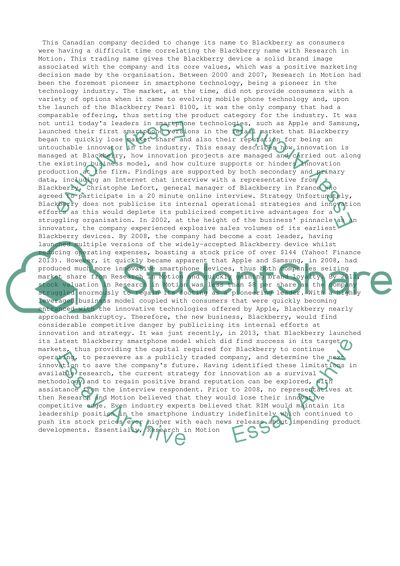Cite this document
(“Improving the innovation capability of Blackberry Assignment”, n.d.)
Improving the innovation capability of Blackberry Assignment. Retrieved from https://studentshare.org/management/1479443-you-will-develop-a-plan-for-improving-the
Improving the innovation capability of Blackberry Assignment. Retrieved from https://studentshare.org/management/1479443-you-will-develop-a-plan-for-improving-the
(Improving the Innovation Capability of Blackberry Assignment)
Improving the Innovation Capability of Blackberry Assignment. https://studentshare.org/management/1479443-you-will-develop-a-plan-for-improving-the.
Improving the Innovation Capability of Blackberry Assignment. https://studentshare.org/management/1479443-you-will-develop-a-plan-for-improving-the.
“Improving the Innovation Capability of Blackberry Assignment”, n.d. https://studentshare.org/management/1479443-you-will-develop-a-plan-for-improving-the.


